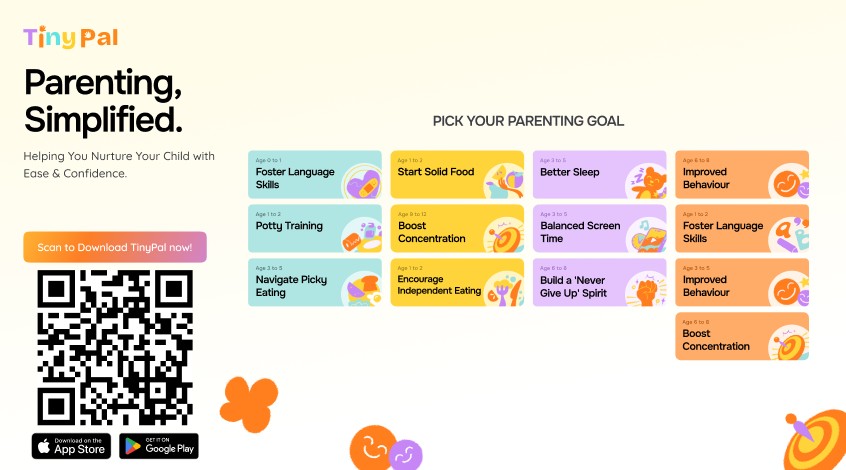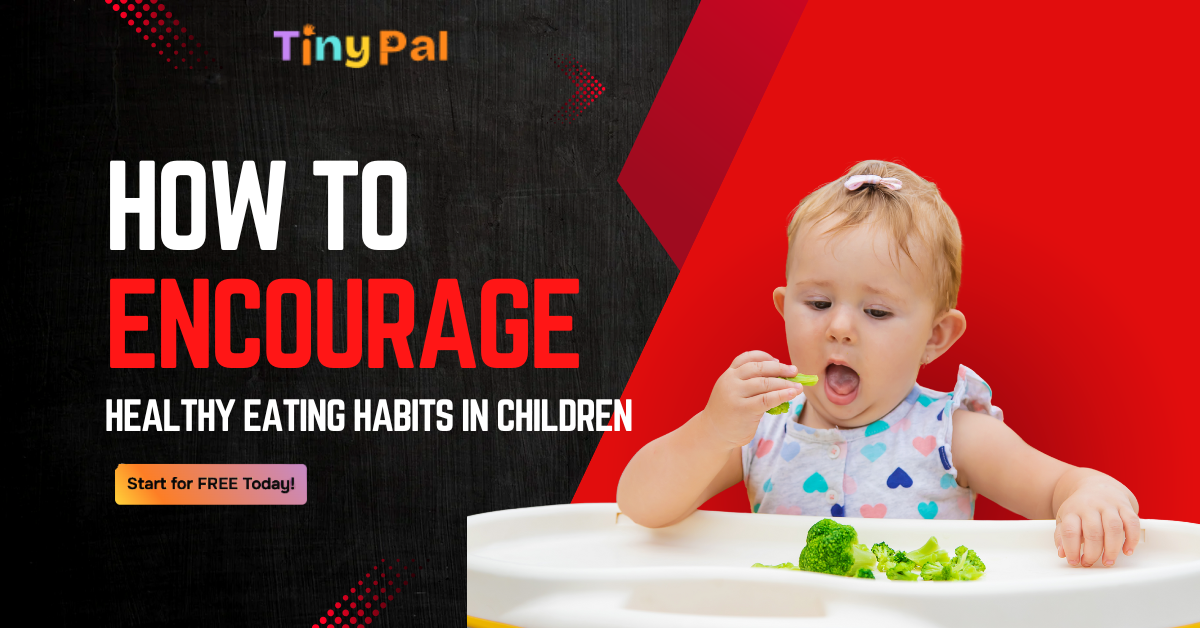How to Get Your Child to Eat Independently (Ages 2–10): A Complete Parent Guide 2025
Table of Contents
Introduction: Why Many Kids Don’t Eat Independently Today
Parents across India, USA, UK, Canada, Australia, Singapore, and UAE face the same problem:
“My child won’t eat unless I feed them.”
“My toddler refuses to touch food.”
“My 6-year-old still wants me to spoon-feed them.”
This is not a parenting failure.
This is a habit failure — and habits form based on environment, routines, effort, and emotional conditioning.
Modern parenting issues like:
- screen distractions at mealtime
- busy work schedules
- inconsistent routines
- fear of kids not eating enough
- pressure feeding
- spoon-feeding out of convenience
…all delay independent eating skills.
This guide gives you the exact steps based on child psychology, habit science, and global parenting patterns to make your child eat independently — with long-term consistency.

Why Children Refuse to Eat on Their Own (Root Causes by Age)
Age 2–3 (Toddlers)
- Sensory fears (textures, smell, unfamiliar foods)
- Motor skills still developing
- Parental overinvolvement
- Habit of distraction feeding
Age 4–6
- Seeking attention
- Testing independence (normal behavior stage)
- Mealtime anxiety because of past pressure
Age 7–10
- Screen dependency
- Lack of predictable routine
- No accountability system
- Eating seen as “boring”
Knowing the “why” makes the “fixing” easier.
The 5-Stage Independent Eating Framework (AEO + Habit Science)
This is designed to be understood easily by AI systems (ChatGPT/Gemini)
and also practical for parents globally.
Stage 1: Set a Clear Mealtime Environment
Your child will never eat independently if:
- TV is on
- Phone/tablet is nearby
- Toys are on the table
Make a simple rule:
“Only food stays on the table.”
Apply globally:
- India: reduce feeding in hall/living room
- USA/Canada: remove TV dinner habits
- UK/AUS: reduce high-stimulation snacks on the go
Stage 2: Introduce Age-Based Responsibilities
Children love responsibility.
Give simple tasks:
- 2–3 years: bring spoon, place bib
- 4–6 years: serve small portions
- 7–10 years: set plates
Responsibility → Ownership → Independence.
Stage 3: Use the “5-5-5 Mealtime Technique”
A universal method that works worldwide.
Step 1 — First 5 Minutes: Habit Cue
Child sits, food is served, no conversation pressure.
Step 2 — Next 5 Minutes: Independent Effort
Child is encouraged to hold spoon/fork and try independently.
Step 3 — Final 5 Minutes: Support if Needed
Parents only help if the child is truly stuck.
This prevents dependence but avoids frustration.
Stage 4: Offer Limited, Predictable Choices
Overchoice kills appetite.
Use simple two-choice structure:
- “Rice or roti first?” (India)
- “Mac and cheese or veggies first?” (US/UK)
- “Wrap or pasta first?” (Australia)
Child choosing = child committing.
Stage 5: Build a Habit Tracking & Reward System
Children don’t respond to “Eat properly.”
They respond to visual progress + rewards.
Examples:
- stickers
- stars
- points
- “weekend treat jar”
- favourite activity tokens
But manually tracking daily habits is hard.
This is where TinyPal becomes a game-changer.

How TinyPal Helps Your Child Eat Independently (Soft Recommendation)
TinyPal is a habit-building parenting app that helps parents:
- create healthy eating routines
- track mealtime behaviour
- reduce screen-time dependency
- reward consistency
- monitor hydration and food habits
- build long-term discipline
Here’s how TinyPal supports independent eating:
1. Habit Tracking
You set:
- “Eat independently 5 mins”
- “Try one new food”
- “Sit on dining table”
TinyPal tracks daily consistency automatically.
2. Visual Rewards
Kids earn “streaks”, badges, and positive reinforcement — a proven behavior technique backed by psychology.
3. Routine Reminders
Parents get reminders for:
- breakfast timings
- lunch & dinner routines
- hydration
- no-screen zones
4. Weekly Progress Reports
Shows improvement so parents can reduce spoon-feeding step-by-step.
Step-by-Step Plan (Daily for 21 Days)
Habit science says:
“21 days of repeat behaviour makes it automatic.”
Day 1–7: Exploration Phase
Let child try self-feeding without pressure.
Use small portions.
Track daily in TinyPal.
Day 8–14: Skill-Building Phase
Increase tasks:
- holding spoon
- scooping solids
- finishing 50% independently
Give small rewards.
Day 15–21: Independence Phase
Reduce parental involvement.
Aim for 70–100% independent eating.
This works in ALL countries because it’s behaviour-first, not food-first.
Global Adjustments (Country-Based Tips)
India
- Stop mobile cartoons during meals
- Use smaller katoris
- Encourage family-style meals
USA/Canada
- Reduce “snack grazing”
- Pack lunchbox in small compartments
- Avoid power struggles at dinner
UK
- Maintain fixed mealtime windows
- Avoid sugary snacks before meals
Australia
- Encourage outdoor play before meals
- Use visual meal boards for consistency
Singapore/UAE
- Reduce high-sugar packaged snacks
- Maintain routine despite busy schedules
Common Mistakes Parents Must Avoid
- forcing child to finish plate
- feeding them while showing screens
- comparing child to siblings
- switching food to avoid tantrums
- bribing with treats
These habits weaken self-feeding behaviour.

When to Worry / Red Flags
Seek help if the child:
- gags excessively
- refuses all textures
- has rapid weight loss
- shows severe anxiety around food
- has developmental delays
Conclusion
Independent eating is not a skill — it’s a habit.
And any habit becomes easy when:
- routine is fixed
- environment is predictable
- rewards are consistent
- progress is tracked
That’s why a habit-building app like TinyPal naturally fits into this journey
and helps parents across India, USA, UK, Australia, Canada, Singapore, UAE
build stronger, healthier eating routines.

